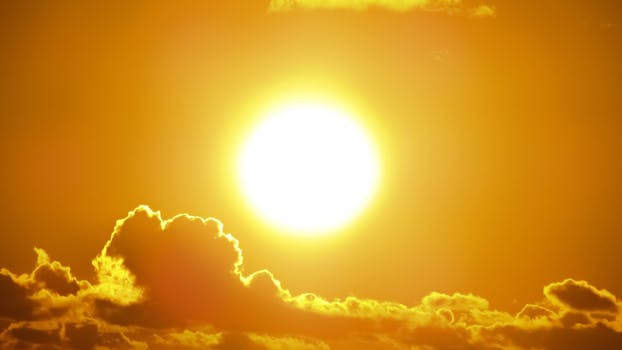
The American Cancer Society estimates that more than 96,000 new cases of melanoma – the most dangerous form of skin cancer – will occur in 2019. With this in mind, the U.S. Environmental Protection Agency (EPA), joined by the National Council on Skin Cancer Prevention and the Centers for Disease Control and Prevention, recognized the Friday before Memorial Day as “Don’t Fry Day” to encourage Americans to take action to protect their skin and eye health. One simple step is to become familiar with the Ultraviolet (UV) Index and how to avoid damaging UV rays.
“Given the prevalence of skin cancer, we want to remind all Americans to be smart in the sun this holiday weekend and throughout the year,” said Bill Wehrum, assistant administrator for EPA’s Office of Air and Radiation. “The UV Index helps Americans prevent overexposure to UV radiation while we enjoy the outdoors.”
EPA, the National Weather Service, and the Centers for Disease Control and Prevention work together to make the UV Index forecast available in the United States. To make accessing the forecast convenient for the public, EPA offers a free UV Index app on iOS and Android devices – now available in Spanish. The app gives daily and hourly UV intensity forecasts by location and provides recommendations on sun safety. To download the app, search for EPA’s UV Index in the iTunes App Store and on Google Play.
All people are equally at risk of eye damage and developing cataracts, but some people may be at greater risk of developing skin cancer depending on the color of their skin, a history of blistering sunburns in early childhood, the presence of many moles, or a family history of skin cancer. Also, UV may be high throughout the year depending on factors such as location, elevation, and reflective surfaces. Reduce risk of skin cancer and eye damage by:
- Seeking shade when outside during mid-day hours.
- Wearing clothing that protects skin and eyes from UV rays.
- Generously applying SPF 15+ sunscreen and reapplying often.
- Being aware that reflective water, snow and sand intensify UV exposure.
- Avoiding tanning beds and minimizing sunbathing.
Download the app today, or visit www.epa.gov/sunsafety to check the UV Index online or subscribe to the daily UV Index forecast email.
This is a press release from the EPA.


Bulloch Public Safety
06/23/2025 Booking Report for Bulloch County

Bulloch Public Safety
06/30/2025 Booking Report for Bulloch County

Bulloch Public Safety
7/14/2025 Booking Report for Bulloch County

Bulloch Public Safety
7/11/2025 Booking Report for Bulloch County

Bulloch Public Safety
7/09/2025 Booking Report for Bulloch County









